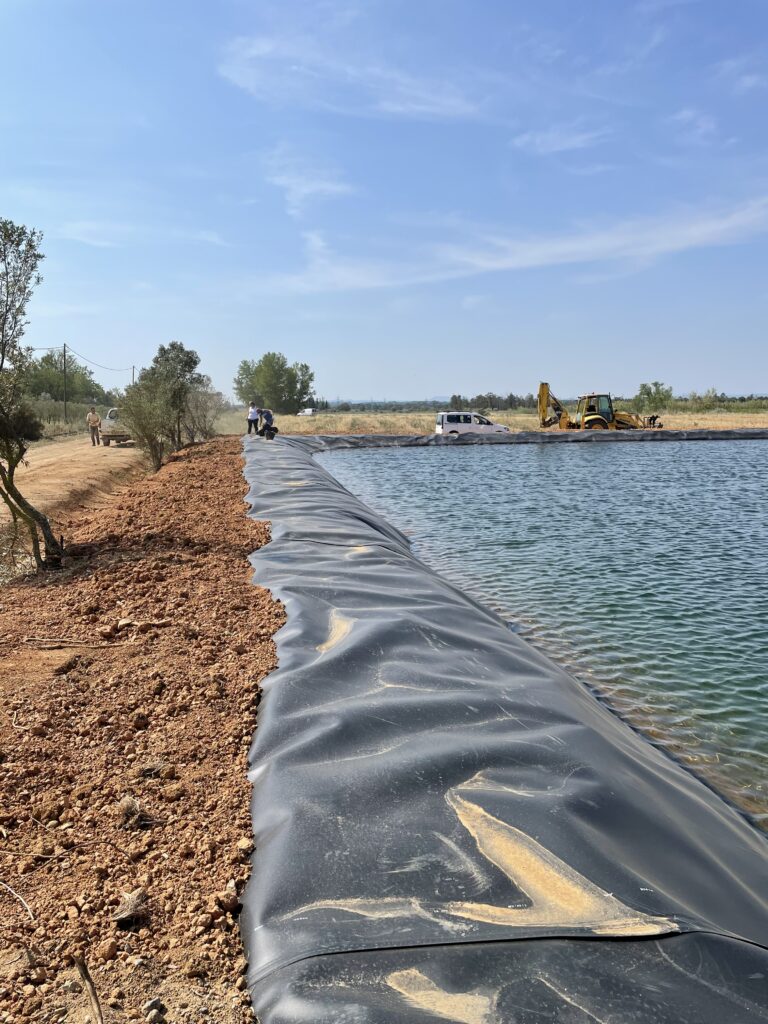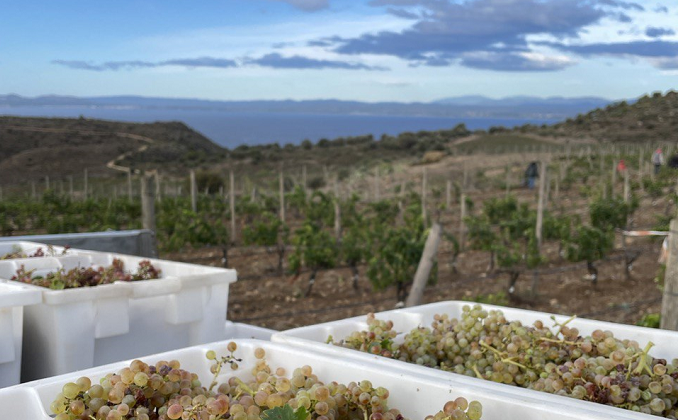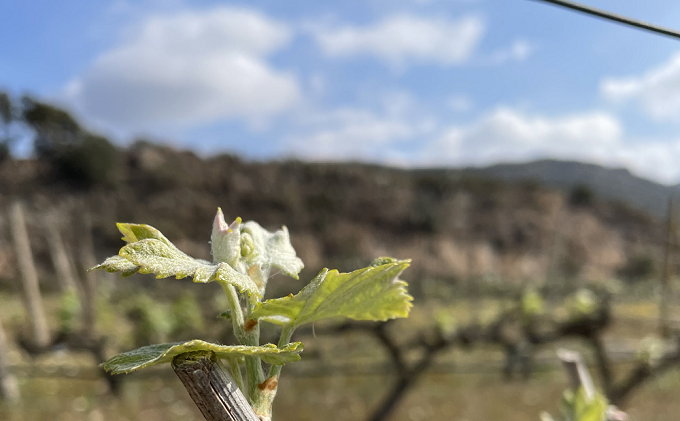
How do we save water in the vineyard?
This year we face the worst drought we have experienced in decades. We face the prospect of even more critical situations in the coming years due to climate change. We explain how we save water in the vineyard and how we move forward with the changes to come.

The vine is a rainfed crop, but this year we are facing a critical reality due to the lack of water. Precipitation has decreased dramatically: this year only 56 l/m² fell against the annual 554.32 l/m² in a normal year. If we also add the climate forecasts for the coming years, we need to make decisions now so that in the long term we can ensure the survival of the plants.
What are we doing to save water?
One of the measures we have been carrying out for some time is to select local varieties for the new plantings. These varieties adapt better to the climate of the area and therefore need less water. In our case, the main variety is Garnacha and other Mediterranean varieties such as Carignan or Monestrell.
We have also been making wider planting frames, decreasing the number of plants per square meter. This allows the plants to function with a lower amount of water, optimizing its use in drought situations.
Another measure adopted is the planting of vines in pots, as they require less water compared to other cultivation systems. Although this strategy has its effects in the very long term, it is a valuable investment for the highest quality vines.
To maintain a thorough control of the water used, we have installed an irrigation system that minimizes losses and optimizes water use at all times. This system includes an additional storage pond to prevent water loss through the canal. In addition, probes have been placed at different depths in the soil to ensure that the water reaches the plants efficiently, thus preventing them from disappearing at specific points. This focused and efficient irrigation system is key to the survival of plants in years like the one we are living.
Although droughts have already occurred in the past century, recent data on rising sea temperatures and climate models indicate that it is crucial to act now to deal with even worse situations. We are certain that there is only one way to act and that is to remain committed to this legacy that we have inherited. To the earth, we owe our life and sustenance. All the measures to take care of it and preserve it are essential for our work to have meaning.


